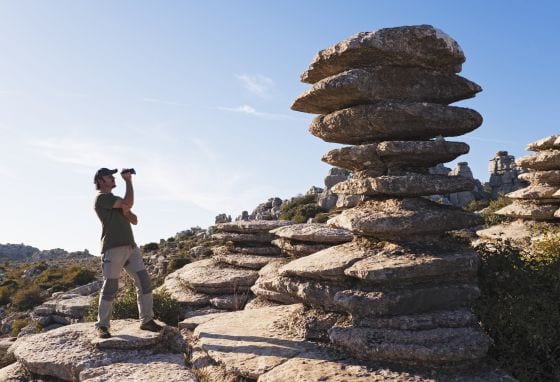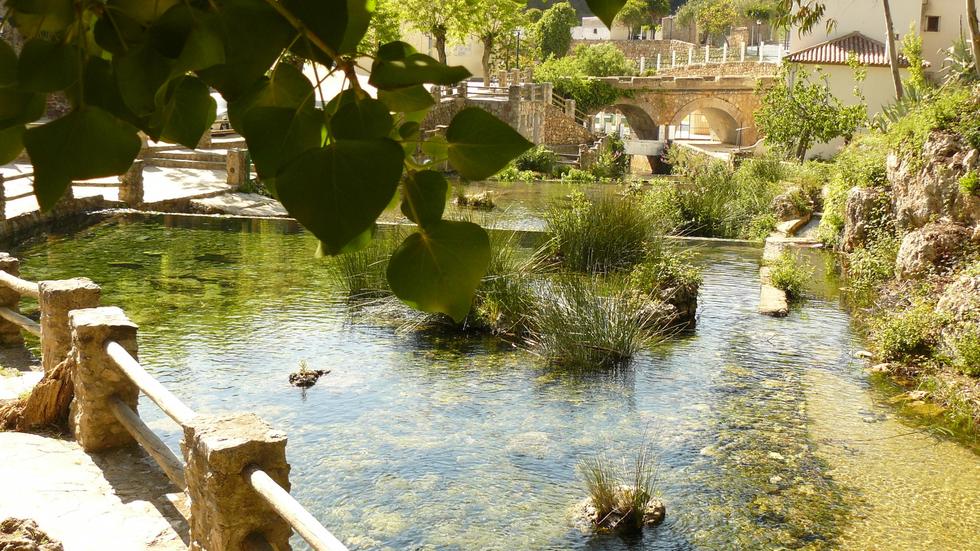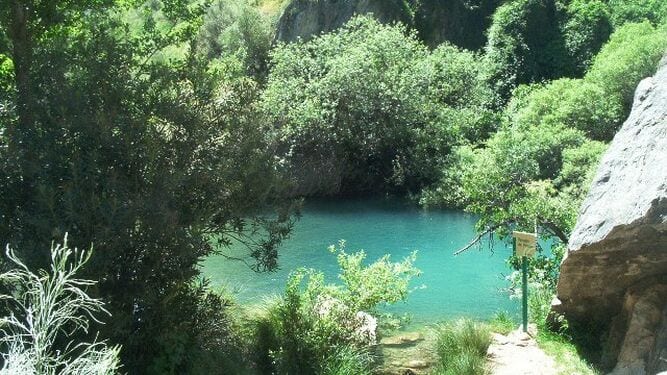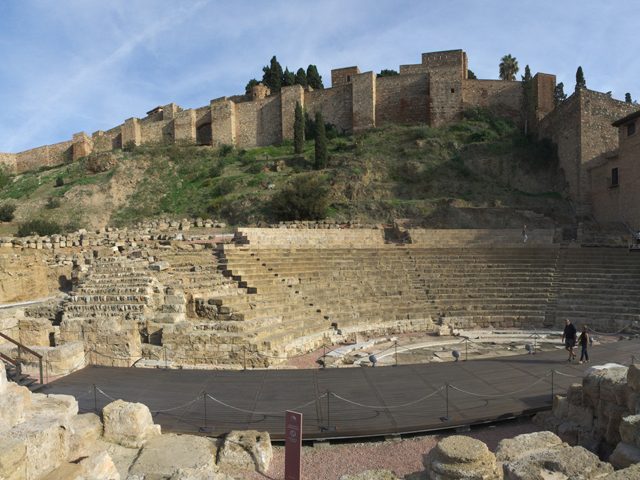- Have any questions?
- +34 951 273 575
- info@allaboutandalucia.com
IN PICS: The newly updated list of Malaga’s 13 natural monuments

11 things you definitely didn’t know about Estepona, the garden of Spain’s Costa del Sol
April 27, 2019
Marbella announces NEW 300-metre kitesurfing zone to rival that of Tarifa
May 3, 2019THE Junta has declared three new natural monuments in Malaga, taking the total in the province to 13.
El Tajo in Ronda, Cueva del Hundidero in Montejaque and el Monte de Jabalcuza in Alhaurin de la Torre make up the trio of fresh additions.
The idyllic locations are now entered in to the Network of Natural Areas (Renpa) after being highlighted for their unique environmental value.
Read on for the Olive Press guide to Malaga’s lucky 13:
The Newbies
El Tajo – Ronda

Described as an ‘impressive’ geological feature, this breathtaking location sees the Guadalevin River flow under the city’s Puente Nuevo bridge.
El Tajo, literally translating to ‘the cut’ or ‘the gorge’, is also home to populations of the Lesser Kestrel, which live on the cliffs at the site which has been a site of ‘Cultural Interest’ since the 1960s.
Cueva del Hundidero – Montejaque

This 50-metre-high cave, renowned by spelunkers across the region, is an opening to the Hundidero-Gato System and is a unique hydrological site.
The Guadares River flows from this geological beauty all the way to the Cueva del Gato, while the cave itself has ‘one of the largest sedentary colonies of cave-dwelling bats’, according to Renpa.
El Monte de Jabalcuza – Alhaurin de la Torre

This monument has been included in Malaga’s natural sites in large part due to its location, which is just a few kilometres walk from Malaga.
What also stands out about this mountain, popular with hikers, is its stunning white and blue dolomite marbled rock and a unique soil known as ‘terra-rossa’ due to its high clay content.
The oldies
Cañon de las Buitreras – Cortes de la Frontera

Set on the eastern edge of the Los Alcornocales natural park, this canyon also graces the towns of Benalauria and Benarraba
As well as its good looks, this 100-metre deep natural feature is home to an array of fascinating wildlife, including otters, the griffon vulture, zurita, bravia pigeon and aquatic blackbird.
Las Dunas de Artola o Cabopino – Marbella

Despite having two names this 20-kilometre-long sand dune environment located near Calahonda, is certain about one thing: it’s rich cultural tapestry.
Harking back to Roman times this stretch of coast was later redeveloped by the Arabs and Christians, yet remains an unspoilt beauty, being flanked by a nudist beach, the Port of Cabopino and site of Cultural Interest, the Tower of the Thieves.
El Tornillo del Torcal – Antequera

Gaining natural monument status back in 2001, it is not hard to see why the tornillo, or screw, located in the Torcal de Antequera Natural Site, gets its name.
Known as ‘karstic’ the unique ridged landscape of this site is the result of 150 million years of rain, wind and ice erosion that has transformed the limestone rock into a captivating series of otherworldly natural features.
La Falla de la Sierra del Camorro – Cuevas de San Marcos

Northern Malaga is host to this 200-metre-long monstrous massif, which dominates the landscape and, according to local legend was once home to a wicked demon who preyed on the area.
Aside from folklore though, this limestone behemoth is a tantalising mix of three internal lakes, intricate eroded cavities and passages, and anchor of plant life, it being surrounded by oak, olive and almond trees.
La Fuente de los Cien Caños – Villanueva del Trabuco

Translating as ‘the fountain of 100 spouts’ this local landmark marks the source of the Guadalhorce River, although it actually has 101 different spouts.
This limestone monument to plumbing is set amongst a wealth of various Mediterranean vegetation, including pines, oaks and olive trees.
Los Tajos del Alcaza – Alcaucin

This unique set of geographical features spans some 500 metres and is home to eagles and mountain goats, who thrive in the area’s rocky and inaccessible terrain.
Steep slopes lead to a deep ravine, which is a paradise for vegetation, including poplars, cedars, holm oaks, cypresses, gorse trees, jaguarzos, rockroses, ivies, vines and more.
El Mirador de la cuenca del rio Turon – El Burgo

It was in 2011 that this beautiful viewpoint in the Natural Park of the Sierra de las Nieves was granted natural monument status, and the 1977 statue at its summit, marking the centenary of the Forest Guard Corps, is testament to the site’s unparalleled vistas.
On offer – picture-wise – at this 900-metre peak, are views to the Lifa valley, ruins of the Virgen de las Nieves convent, mill of the Fuensanta and snow-capped peaks of Pilones and Sierras Cabrillas.
El Nacimiento del rio Gena – Igualeja

This natural site owes to human intervention for keeping its biodiversity alive as a network of 15 villages has helped preserve a rugged landscape of chestnut, gall oak, and cork oak trees, as well as a rich mixture of animal species.
The Genal River, as it is in English, offers blissful walking routes, while the outcrop of the Sierra Blanca aquifer sees crystal clear waters cascade through the valley, which is still largely a hidden gem, with its population of just 7,000.
Pinsapo de las Escaleretas – Parauta

This 550-year-old botanical masterpiece is viewed by many as a ‘relic’ of 20 million years ago when the climate was more humid and cold.
Located in the Sierra de las Nieves Natural Park the 26-metre-high Spanish fir has a diameter of five metres around its trunk, but it is now dying as it is unable to cope with the warmer climate and drier conditions.
La Cueva del Gato – Benaojan

At 70 metres in height, the ‘cave of the cat’ in the Natural Park of the Sierra de Grazalema is the exit point for the crystal waters of the Guadares River.
A fascinating mix of human culture and wildlife, this site was the location of a Roman road, cave paintings and medieval path, while today it is a hotbed of herons, bluffs, nightingales and cormorants.




